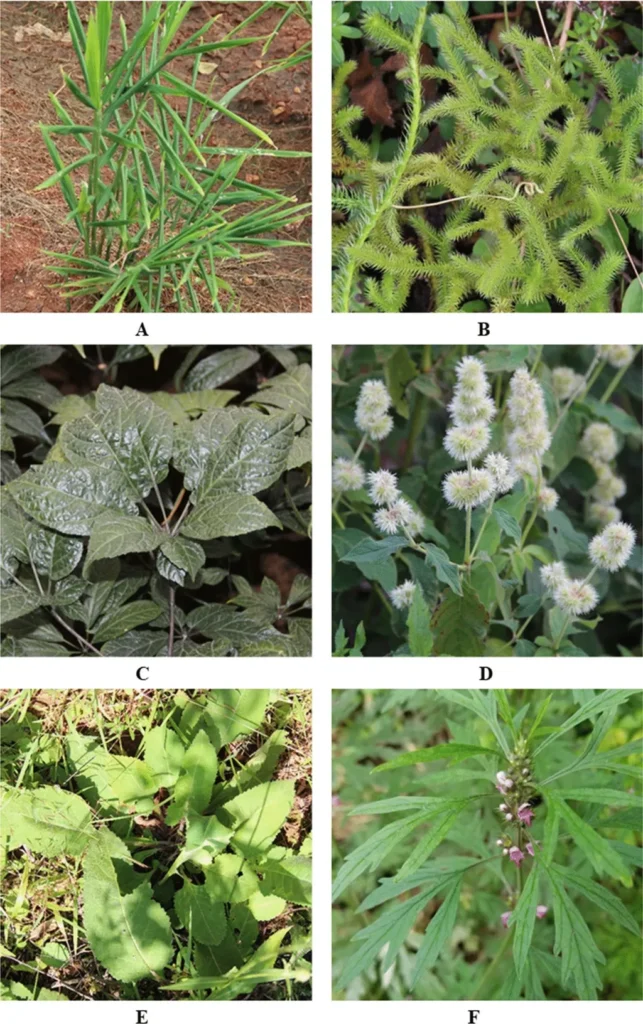In the heart of China, researchers have uncovered a genetic revelation that could reshape the way we understand and utilize two important plant genera, Agapetes and Vaccinium. The findings, led by Jindong Wang from the Key Laboratory of National Forestry and Grassland Administration on Biodiversity Conservation in Karst Mountainous Areas of Southwestern China at Guizhou Normal University, were recently published in the journal *Frontiers in Plant Science* (translated to English as “Plant Science Frontiers”).
Agapetes, known for its radish-like tubers with significant medicinal properties, has long been a subject of phylogenetic controversy. The scarcity of molecular data has hindered a comprehensive understanding of its relationship with its relatives, particularly Vaccinium, a genus that includes popular species like blueberries and cranberries. Wang and his team have now filled this gap by generating the first high-quality chloroplast genome assemblies for three pharmacologically important Agapetes species: A. malipoensis, A. guangxiensis, and A. obovata.
The team’s phylogenetic analyses, based on both complete chloroplast genomes and nuclear internal transcribed spacer (ITS) sequences, supported the monophyly of Agapetes and Vaccinium. However, the chloroplast phylogeny placed the Agapetes clade nested within Vaccinium, a finding that could have significant implications for the taxonomic classification and commercial utilization of these plants.
“Our findings provide novel molecular evidence supporting the taxonomic merger of the medicinally important genera Agapetes and Vaccinium,” Wang explained. This merger could facilitate the utilization of Agapetes’ medicinal properties, which have been recognized but underutilized due to taxonomic uncertainties.
The study also revealed that species of Agapetes and Vaccinium exhibited no significant differences in other chloroplast genomic features, including proportions of protein-coding genes and non-coding regions, GC content across all quadripartite structural regions, IR boundary shift, and tandem repeats. This further supports the idea of a close genetic relationship between the two genera.
The implications of this research extend beyond taxonomy. Understanding the genetic relationship between Agapetes and Vaccinium could open new avenues for pharmaceutical exploration and the precise species delimitation of these genera. This could lead to the development of new medicines and the improved utilization of existing ones, benefiting the pharmaceutical industry and, ultimately, public health.
Moreover, the study establishes a critical foundation for future investigations into the evolutionary origins of medicinal traits. This could pave the way for the development of new drugs and the improvement of existing ones, based on a deeper understanding of the genetic basis of medicinal properties.
In the words of Wang, “This work is just the beginning. It opens up new possibilities for the utilization of Agapetes and Vaccinium, and we are excited to see where this research will lead us.”
As we look to the future, this research could shape the way we approach the study and utilization of medicinal plants. By providing a clearer picture of the genetic relationships between Agapetes and Vaccinium, it could facilitate the development of new medicines and the improvement of existing ones, benefiting both the pharmaceutical industry and public health. It’s a testament to the power of genetic research in unlocking the secrets of the natural world and harnessing them for the benefit of humanity.

